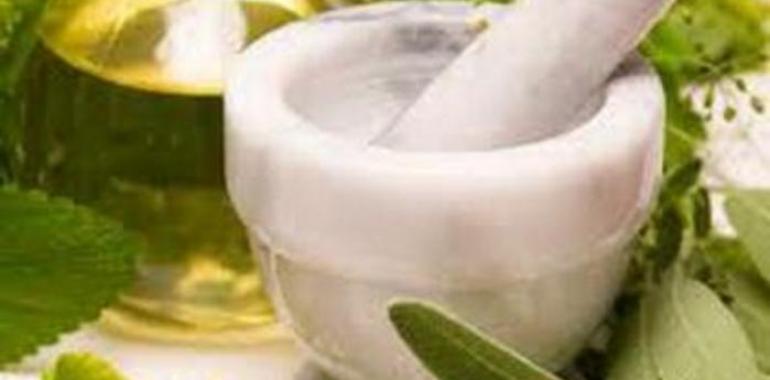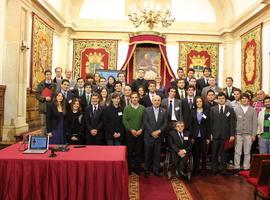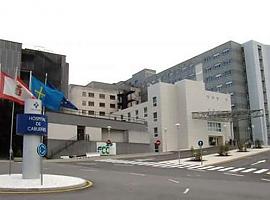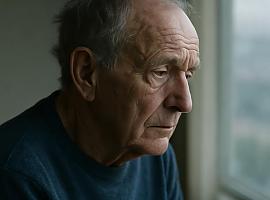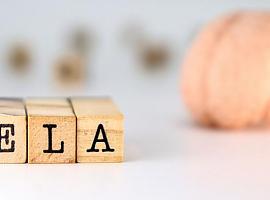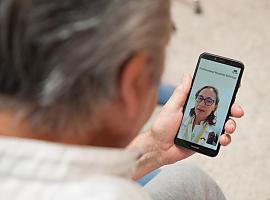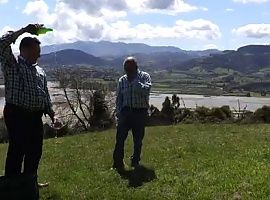IRNA – First vice president here Wednesday referred to background and importance of traditional medical science in Iran stressing need for its revival and expansion more than ever before.
According to IRNA, the information website of the Presidential Office further Quoted Mohammad-Reza Rahimi as emphasizing at a Wednesday night meeting allocated to surveying related issues to traditional medical science in Iran, “The medical science in Iran must be expanded nationwide and practiced in every province of the country”
He added, “Presently there are experienced masters and doctors in Iran practicing traditional medicine, taking advantage of whose scientific hoard of knowledge it is possible to launch a movement aimed at revival and expansion of the Iranian traditional medical science.”
The First Vice President Rahimi reiterated, “Our country’s natural atmosphere and geographical conditions are such that various medical herbs, even those which are very rarely found elsewhere in the world, are found in Iran’s various provinces and this provides a very appropriate condition for the expansion of activities related to medical herbs and the traditional medical science.”
Rahimi referred to President Mahmoud Ahmadinejad’s suggestion on establishment of a workgroup on medical sciences, which was approved at a cabinet ministers’ session, adding, “Conditions must be provided for recognition of the medical science as an official academic science in Iran, so that improving the level of this science to higher levels, too, would be provided.”
He emphasized that workgroups for surveying the various aspects of the traditional medicine need to be established, adding, “Regulating and devising the objectives and requirements for the medical science and paving the path for the activities of the doctors working in this field and the graduates of this science are among the duties of these workgroups, while the entire issues related to traditional medical science must be surveyed and added up at such sessions.”
The practice and study of medicine in Persia has a long and prolific history. The Iranian academic centers like Jundishapur University (3rd century AD) were a breeding ground for the union among great scientists from different civilizations. These centers successfully followed their predecessors’ theories and greatly extended their scientific research through history.
In recent years, some experimental studies have indeed evaluated Medieval Iranian medical remedies using modern scientific methods. These studies raised the possibility of revival of traditional treatments on the basis of evidence-based medicine. The medical history of ancient Persia can be divided into three distinct periods. The sixth book of Zend-Avesta contains some of the earliest records of history of ancient Iranian medicine. The ‘Vendidad’ in fact devotes most of the last chapters to medicine.
In a passage of the ‘Vendidad’, one of the surviving texts of the Zandavesta, three kinds of medicine were distinguished: medicine by the knife (surgery), medicine by herbs, and medicine by divine words (psychology); and the best medicine was, according to the ‘Vendidad’, healing by divine words.
'Of all the healers O Spitama Zarathustra, namely those who heal with the knife, with herbs, and with sacred incantations, the last one is the most potent as he heals from the very source of diseases.' (Ardibesht Yasht)
Although the Avesta mentions several notable physicians, the most notable of Persia's ancient physicians were to emerge later on, namely: Mani, Roozbeh, and Bozorgmehr.
The second epoch covers the era of what is known as Pahlavi literature, where the entire subject of medicine was systematically treated in an interesting tractate incorporated in the encyclopedic work of Dinkart, which listed in altered form some 4333 diseases.
The third era begins with the Achaemenid Dynasty, and covers the period of Darius I of Persia, whose interest in medicine was said to be so great that he reestablished the school of medicine in Sais, Egypt, which previously had been destroyed, restoring its books and equipment.
The first teaching hospital where medical students methodically practiced on patients under the supervision of physicians was the Academy of Gundishapur in the Persian Empire. Some experts go so far as to claim that: 'To a very large extent, the credit for the whole hospital system must be given to Persia'.
According to the Vendidad physicians for the proof of proficiency had to cure three patients from the followers of Divyasnan and if they failed they could not practice medicine. At the first glance this recommendation may appear discriminative and based on human experimentation. But some authors have construed that from the beginning the physicians were taught to remove the mental barrier and treat adversaries as well as friends. Interestingly, physician’s fee for service was based on the patient’s income.
According to a 500 year old Latin translation of the Canon of Medicine by Avicenna, “The Iranian science was interrupted by the Arab invasion (630 AD)”. Many schools, universities and libraries were destroyed, books were burned and scholars killed. Nevertheless, the Iranian scientists carried on and the science of Persia resurfaced during the Islamic period. To save the books from the Arab carnage, many Pahlavi scripts were translated into Arabic, and Iranians produced physicians and scientists as Abu Ali al-Hossein ibn abd-Allah ibn Sina (Avicenna), Muhammad ibn Zakariya al-Razi and mathematicians as Kharazmi and Omar Khayyam. They collected and systematically expanded the Greek, Indian, and Persian ancient medical heritage and made further discoveries.
Courtesy: Wikipedia for the background
